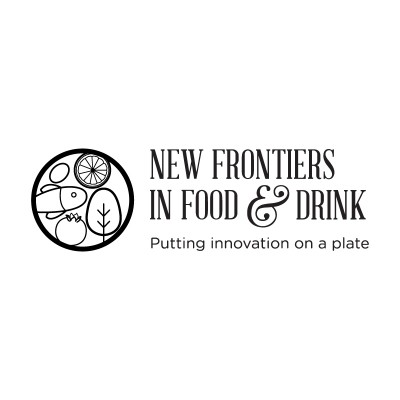Top 10 food ingredients, health & nutrition stories

A list of the top 10 food and drink trends set to storm the industry in 2015 was the most popular story among FIHN readers.
Readers were intrigued by the prospect of a rise in demand for alternative proteins, which would include edible insects, as predicted by Innova Market Insights’ future food trends list.
They were also taken by other predicted trends, which included a rise in demand for clean and clear labels, convenience for foodies and a rise in products made for millennials (consumers aged between 15–35).
Delaying dementia
Delaying the onset of dementia through healthy eating was the second most popular FIHN story of 2014.
News that worldwide cases of dementia were set to quadruple to 140M by 2050 drove readers to seek out opinions on the possible ways to slow or prevent the onset of dementia.
A report that claimed vegetarians had a lower sperm count than those who consumed meat was the third most read story on FIHN.
Research from the Loma Linda University Medical School in southern California said vegetarians were harming their chances of having children, after comparing the sperm count of 26 vegetarians with 443 meat eaters.
Read on to learn about the final seven most popular stories according to FIHN readers this year.
4. Home-cooked not always best
Research conducted at the University of Aberdeen suggested home-cooked meals were not necessarily the healthiest or cheapest option for consumers.
Food businesses had continued to respond to health and price concerns by adapting their recipes to meet consumer demand, according to the research.
5. Stop misusing natural, expert urges
Food and drink firms have been urged to stop misleading consumers into thinking natural products are intrinsically healthier for them.
Manufacturers saw that natural was perceived by consumers as being healthier in some way, which gave businesses the opportunity to mislead consumers, claimed Steve Osborn, business innovation manager at Leatherhead Food Research.
6. Insect proteins will take off – experts
Within the next 15 years, the value of insects as a human food source could be worth £230M, New Nutrition Business claimed in a report.
Entomophagy – the eating of insects – have been tipped to be worth millions of pounds by 2020. But the 1,900 edible species of insects wouldn’t be enjoyed by Europeans unless they got over the “ick factor”, industry leaders argued.
7. Vitamin D claim opens up elderly target market
The authorisation of a vitamin D health claim will allow businesses to more easily target elderly consumers who are prone to falling.
DSM, the largest manufacturer of vitamin D, secured the Article 13 EU health claim in November.
8. New proteins are creeping on trend
Well aware of the rising demand for alternative proteins, food trend experts have been quick to spot insects as one such solution.
Lu Ann Williams, Innova Market Insights director of innovation, told FoodManufacture.co.uk in a podcast that insects were becoming more of a realistic alternative protein option.
However, other plant-based proteins, such as pea protein and soya, would also pick up in popularity as demand for cheaper proteins rose, she said.
9. Rising demand for ancient grains
The rise of the ancient grain has been predicted for decades, but how popular have they become?
Sometimes called heritage grains, ancient grains are seeds or grains that have remained unchanged for millennia.
They are renowned for often being low in or free-from gluten, as well as being more nutritious than their modern-day counterparts.
10. Where is the EU’s nutrient profiling model?
Questions still remain about the whereabouts of the long-awaited nutrient profiling model, which is needed to make sense of health claims.
Will there be a decision made before the next mandate, which is due in 2019?
Top 10 FIHN stories for 2014
- Top Food trends for 2015
- Dementia risk reduced by good brain health
- Lower sperm count in vegetarians
- Ready meals challenge home-cooked food for healthy ingredients
- Natural claims shouldn't be misused
- Insect foods could be worth £230M
- Vitamin D opens elderly market
- Creepy proteins will be hot
- Ancient grains to take Europe by storm
- EU's nutrient profiling for food still not set
















